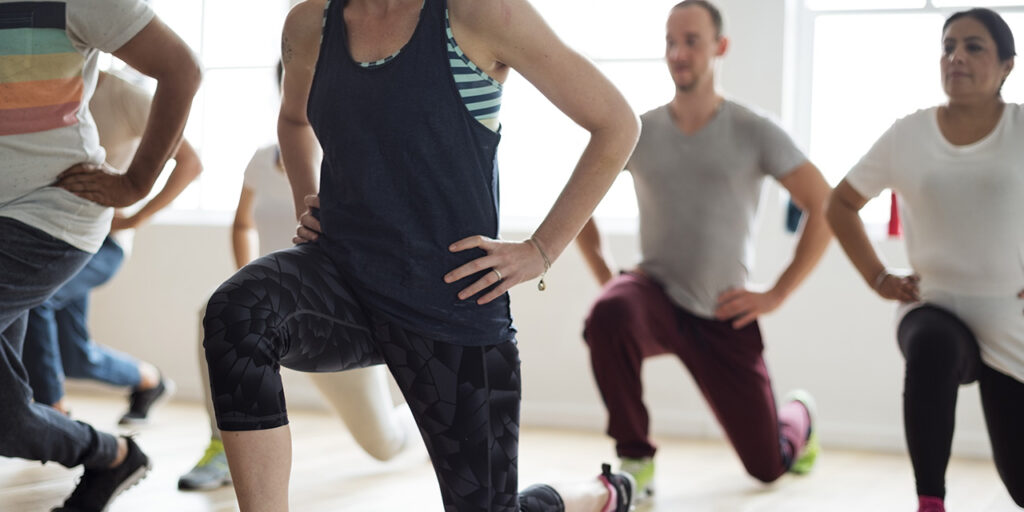
Whether you’re living with type 1 or type 2 diabetes, exercise is certainly recommended as part of your disease management plan. Regular exercise helps maintain a healthy weight and good cardiovascular health, both of which prevent many diabetes complications.
When we exercise, our bodies use our blood sugar as fuel to complete an activity. However, low blood sugar, also called hypoglycemia, is sometimes common at the end of a workout and can be recognized by the following:
- Shakiness
- Sweating profusely
- Irritability or anxiety
- Headache
- Drowsiness or confusion
In extreme cases, hypoglycemia in patients with diabetes requires emergency medical attention.
“Diet and exercise are the cornerstone of diabetes management. Exercise has been shown to improve the diastolic function in patients with type 2 diabetes and reduce the risk of developing complications associated with diabetes or suffering from a serious cardiovascular event. I like to encourage my patients to begin with a light walk, and gradually build up distance. If you walked three blocks last week, aim for four or five next week. Set clear goals, stay motivated, and work with your physician to determine which activities are right for you. Remember, making these small changes can have a huge impact on your health.”
Raffaele Ruggiero, MD – Endocrinologist, Trinity Medical Endocrinology
3 Tips for an Active Diabetes Lifestyle
Still, regular physical exercise is an important part of a healthy lifestyle, and the possibility of low blood sugar shouldn’t intimidate any person with diabetes from staying active. Here are a few tips to keep in mind if you or someone close to you has to think about their diabetes while they exercise.
1. Gradually amp up your workout.
Allowing your body to adjust to its routine is one of the most helpful tips for diabetes management. As far as exercise goes, this means keeping with your routine. If your usual activity is taking the dog for a walk, be wary of jumping right into a high-intensity workout class. Likewise, if a cold or ankle sprain sidelines you for a couple of weeks, don’t be afraid to take a break when your body signals that it’s time to do so.
Your workout does not have to be vigorous or intense. Gentle exercise that is enjoyable and comfortable to you is still good for your health.
2. Keep an eye on your blood sugar levels.
Many doctors recommend testing your blood sugar both before and after your workout. If you often exercise for long periods of time, like long-distance running or recreational hikes, you should consider checking your blood sugar every 30 minutes. Consult your doctor for the best ideas for you based on your routine and health history.
3. Have an emergency stash on-hand.
Keep fast-acting carbohydrates nearby in the event that your blood sugar levels start to fall. These include sports drinks, fruit juice, or glucose tablets, which are quick ways for your body to absorb glucose. Depending on how your blood sugar levels respond to exercise, experts recommend eating every 15-30 minutes to avoid hypoglycemia.
Schedule a Visit with Dr. Ruggiero

Dr. Raffaele Ruggiero is a board-certified doctor who specializes in endocrinology. Dr. Ruggiero sees patients at 600 Harlem Rd in West Seneca, NY. To schedule an appointment with Dr. Ruggiero, call (716) 332-2121.


